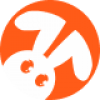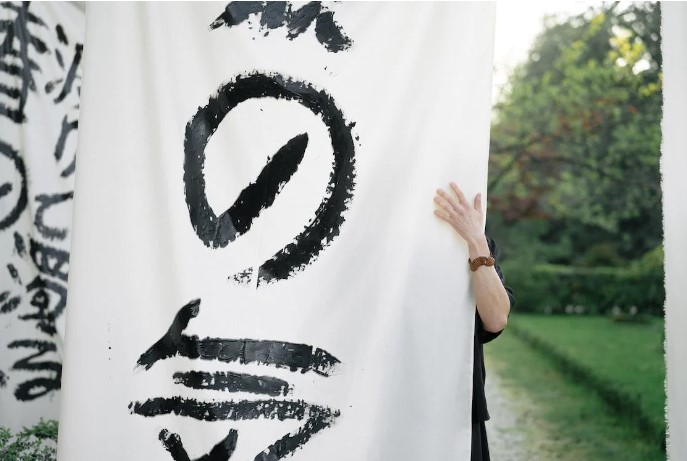When it comes to learning Japanese, there are several challenges you will need to overcome. One such challenge that many people struggle with, at first, is learning the Japanese alphabet during their beginner lessons.
To add further complication to this decision, you’ll also need to choose which of the multiple alphabets you want to learn first.
However, this shouldn’t be something you necessarily worry about too much. And as providers of professional online Japanese course program online Japanese course programs in Singapore, we’re on hand to help with this.
What are the Three Japanese Alphabets?
The alphabet structure is one of the biggest complexities for western learners undertaking their first Japanese beginner lessons. This is since, unlike in most western cultures, the Japanese language actually has three different alphabets.
And, even more frustratingly for learners, these alphabets are used together. As such, you can’t just learn one alphabet and hope to make do. If you want to really hone your Japanese skills, you’ll need to learn all three.
The three Japanese alphabets are Hiragana, Kanji, and Katakana. Each of these does something a little different. However, in writing, the three alphabets are used simultaneously. For example, a seemingly simple statement such as, “No, I can’t see the television” would include characters from all three alphabets.
Therefore, before you can begin to write Japanese accurately, you will need to master all three of the Japanese alphabets.
- The Hiragana alphabet is generally used for simpler words. For example, this includes grammatical elements, adverbs, yes/no statements, and the like.
- Kanji (considered the major Japanese alphabet) is then used for more complex nouns, names, verbs, adverbs, and adjective stems.
- Katakana is mainly for emphasis and for more specific, foreign, or scientific words, such as animal names, companies, and foreign words.
Is Learning Japanese Alphabets Difficult?
Many people assume that learning the Japanese alphabets is difficult. However, this isn’t entirely the case; while it’s a lot to think about, it comes pretty easily once you get to grips with it.
Better yet, once you’ve mastered the Hiragana alphabet, you’ll likely begin to work out how the Katakana alphabet works too, since
Which Alphabet Should my Japanese Beginner Lessons Focus On First?
If you’re just getting started with your online Japanese course in Singapore, we’d generally recommend following a similar learning structure as implemented for Japanese children.

First: Hiragana
Most young Japanese school children start by learning the Hiragana alphabet initially, as this is the basis for many early statements. Some common words in the Hiragana alphabet include yes (はい), no (いいえ), I (わたし), and you (あなた); naturally, these come up regularly in writing and conversations, hence why this is often a good place to start.
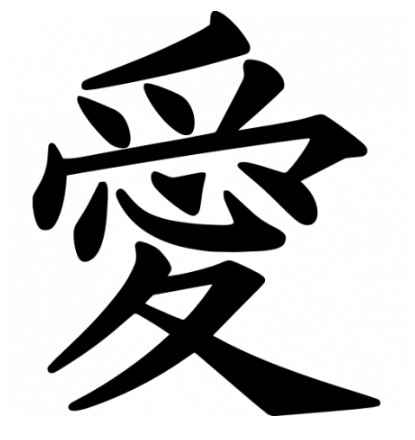
Second: Kanji
Once you’ve mastered the basics, you can then look to move onto the next alphabet; this will either be Kanji or Katakana. There’s not necessarily a right choice here, as both alphabets include simpler and more complex words. However, generally speaking, learning Kanji next may be more practical at this stage (if not easier). This is since words from the Kanji alphabet are more likely to appear during your early learning.

Third: Katakana
Finally, once you’ve got to grips with both Hiragana and Kanji, we’d recommend rounding off your private language lessons by learning Katakana.
This language has less frequent relevance to most Japanese people; for example, foreign words (such as coffee, pronounced ko hi – コーヒー)are included here. This also includes scientific names (which you’re unlikely to be used for a very long time) and foreign company names. Onomatopeia is also included in this language. While these words may be important if you’re looking to really hone your fluency, they’re likely less relevant at this early stage in your Japanese learning.
As such, we strongly recommend learning Kanji first since it helps you get to grips with Japanese alphabets and may have more relevance during your learning. Plus, you’ll likely have picked up bits of Katakana while learning Hiragana, anyway.
Final Thoughts
Learning Japanese through online, private Japanese language lessons and courses in Singapore can be an exceptionally exciting experience, without a doubt. However, if you have been feeling unsure or worried about mastering the Japanese alphabets, don’t panic. You don’t have to learn all three at once!
We recommend starting with the basics with the Hiragana alphabet, which is the alphabet that most Japanese school children learn first, too. Once you’ve got that under your belt, progress onto the Kanji alphabet to sharpen your language use.
Then, finally, you can really hone your fluency in Italian language by learning the Katakana language.
More Articles

How Learning a Second Language Can Help with Your Career Growth
Explore the potential benefits of learning a second language for your career growth. Learn how it can increase your competitive edge in the job market.
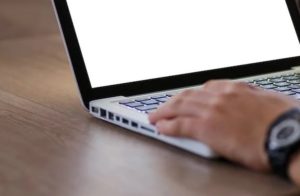
Best Way to learn the Malay language for Beginners
Discover the best way to learn the Malay language for beginners with our comprehensive guide. Learn the basics of Malay language for beginners here!
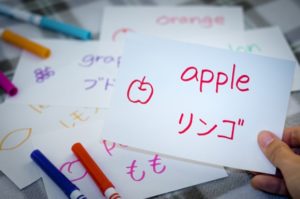
Is Basic Japanese Easy to Learn?
Find out if basic Japanese is a good fit for you, and how much time and effort is required to get started here!
